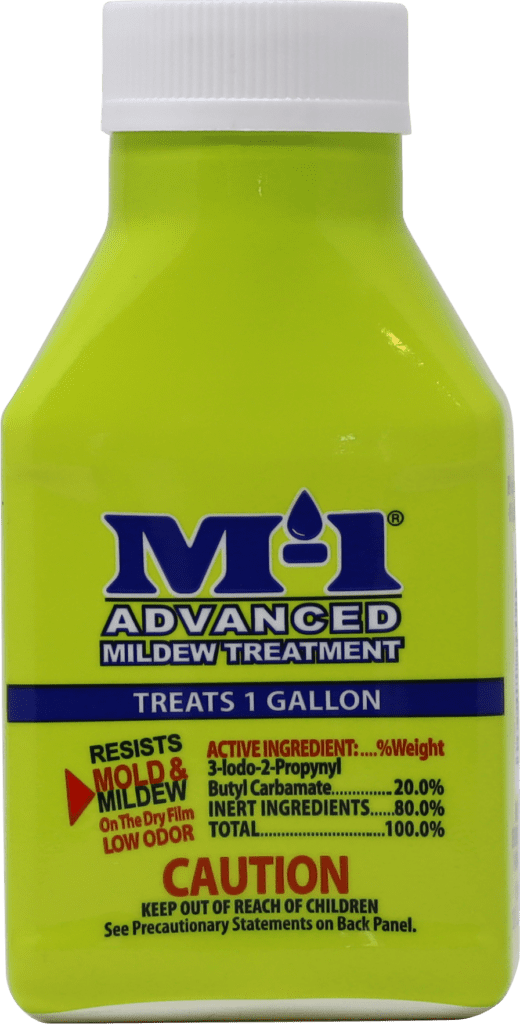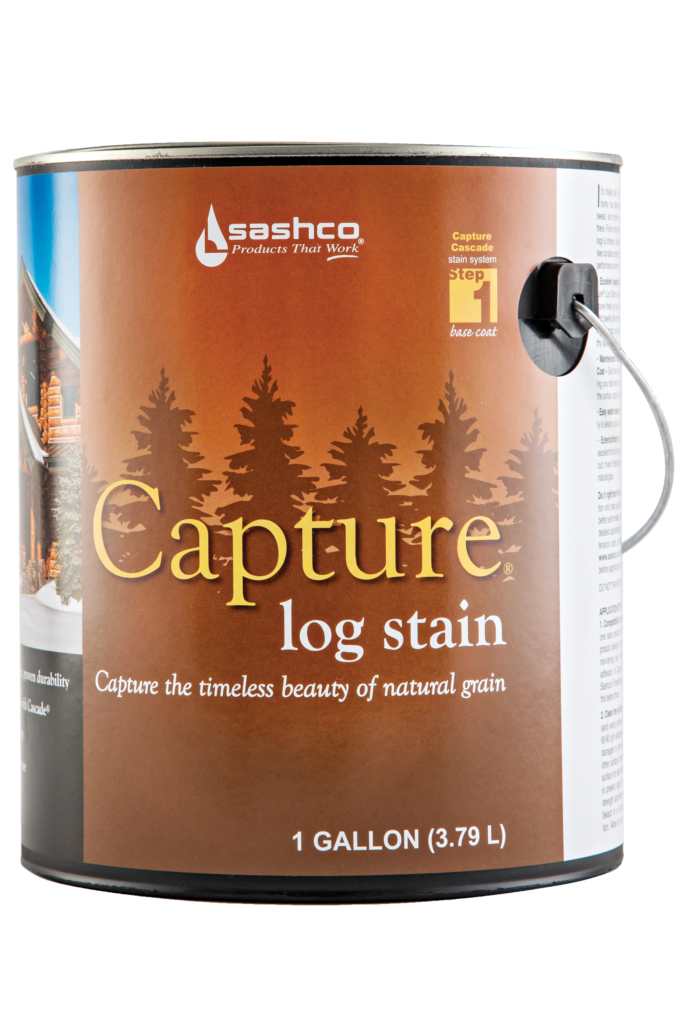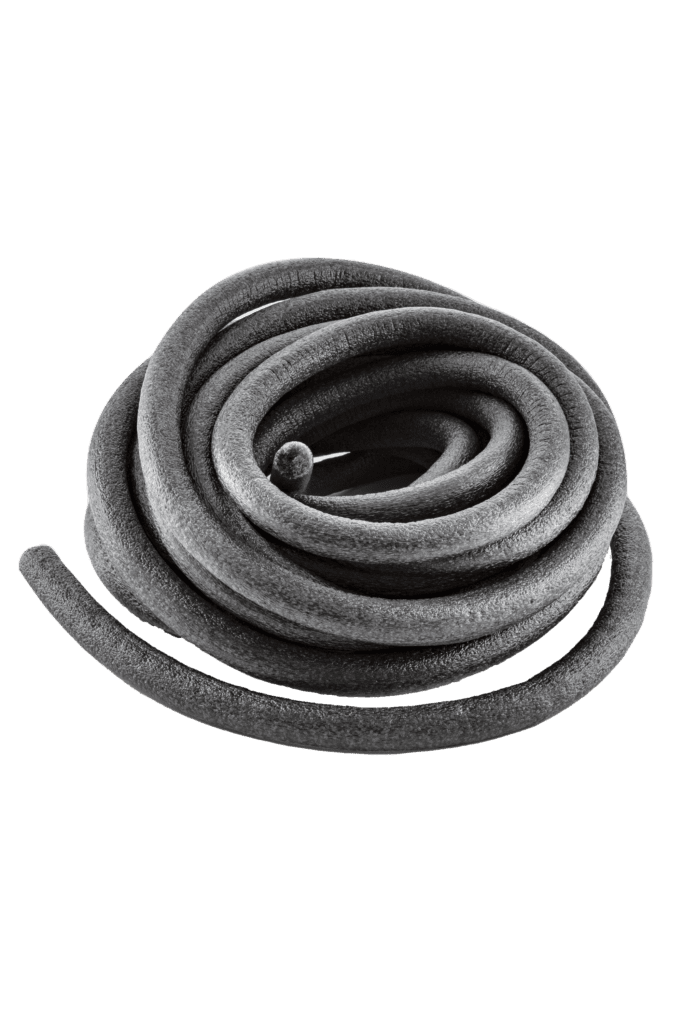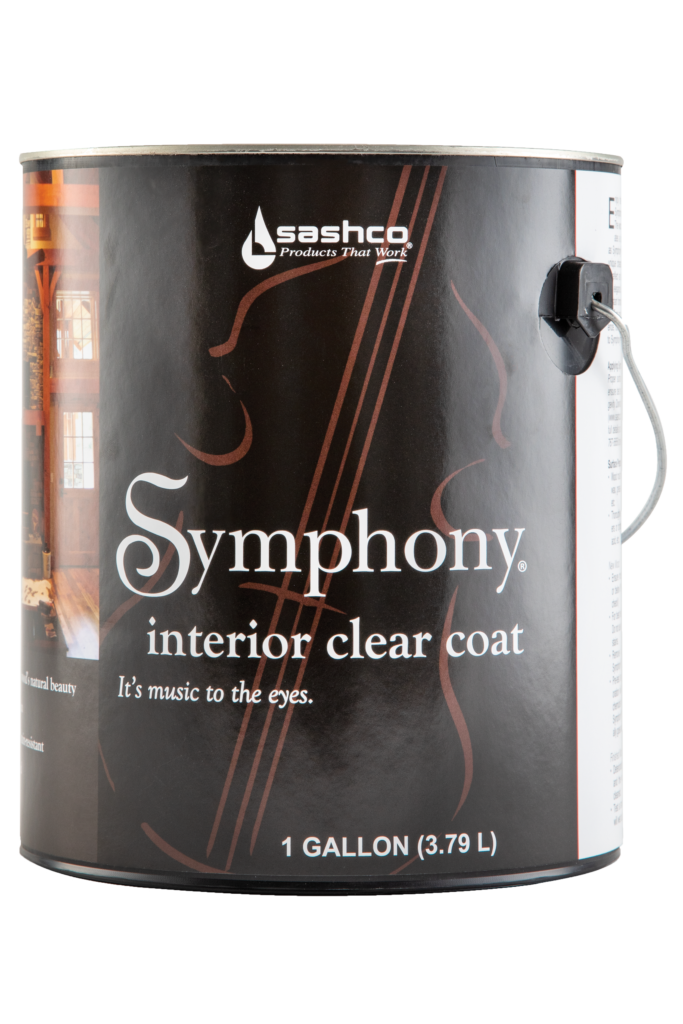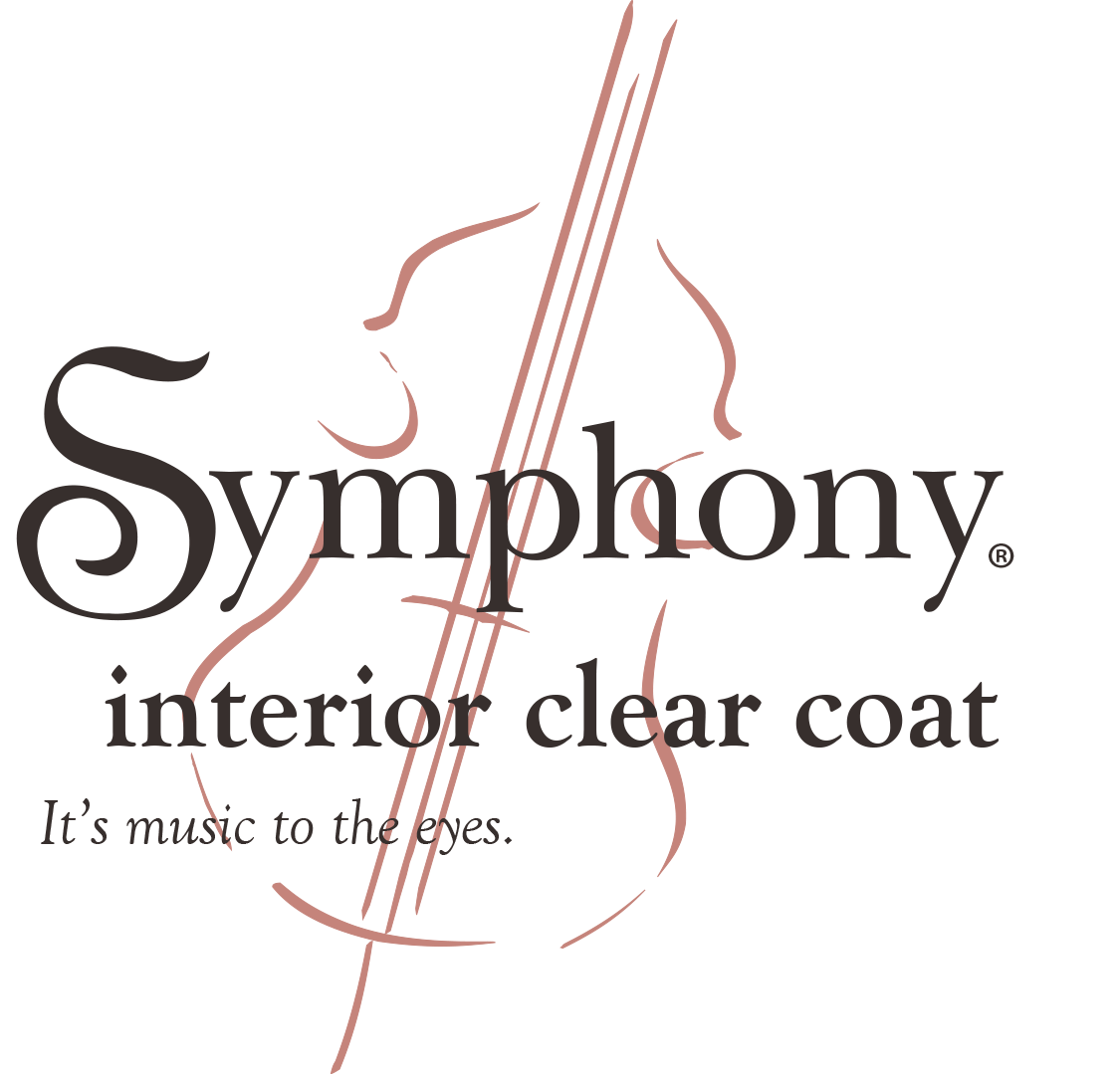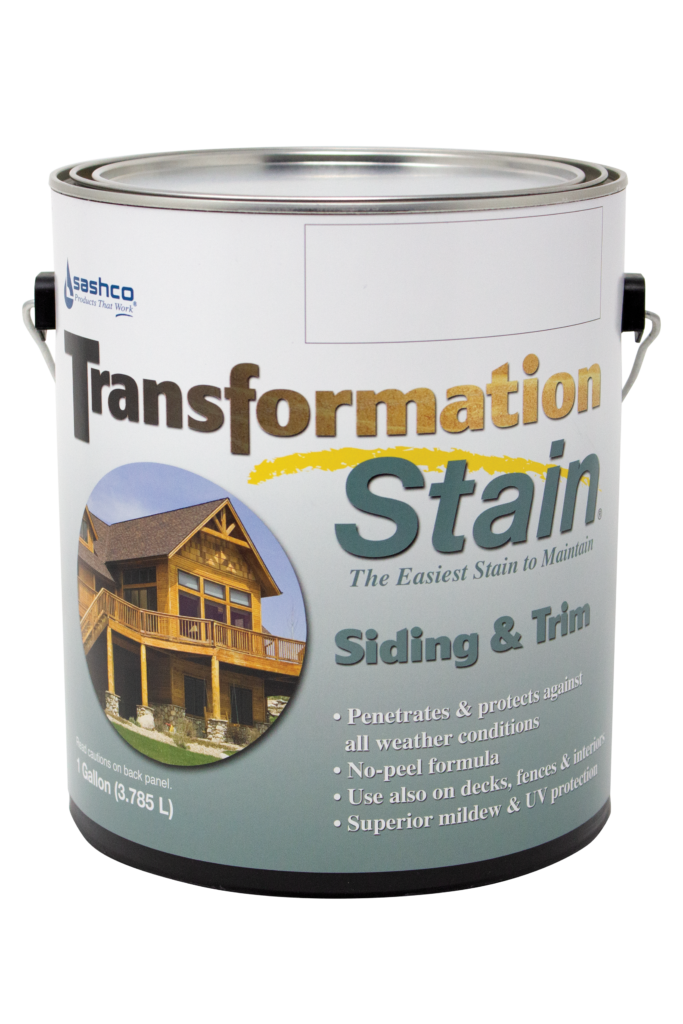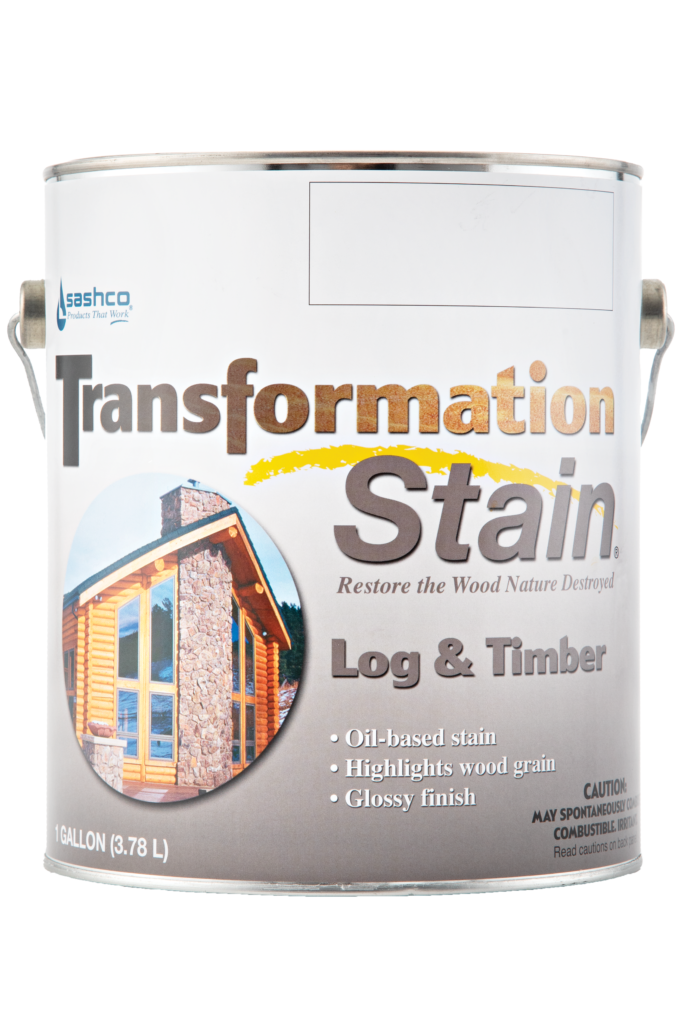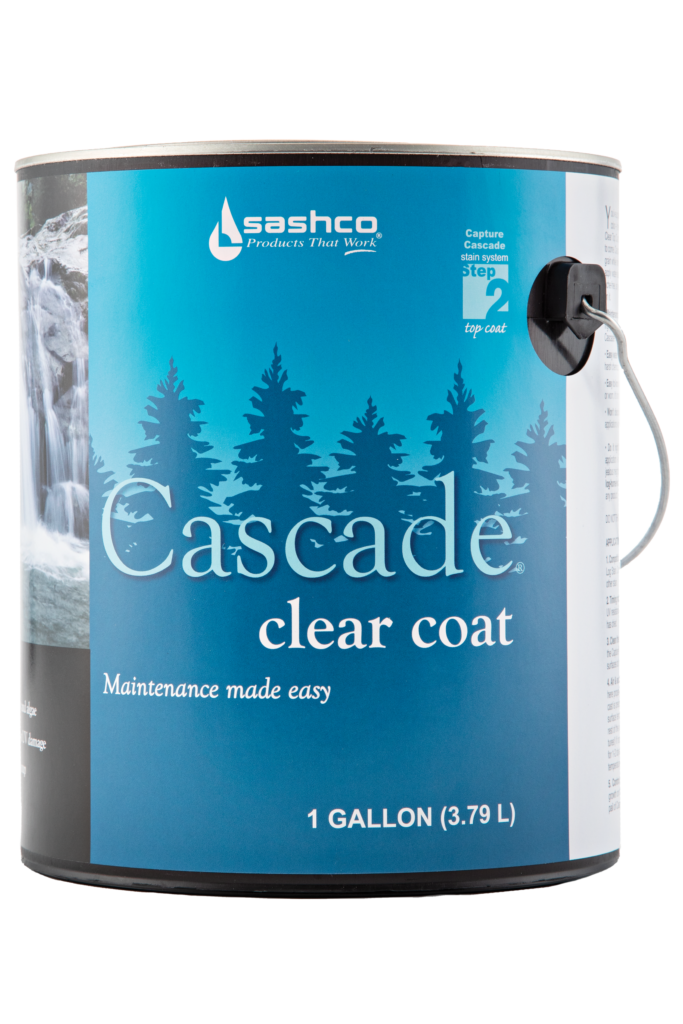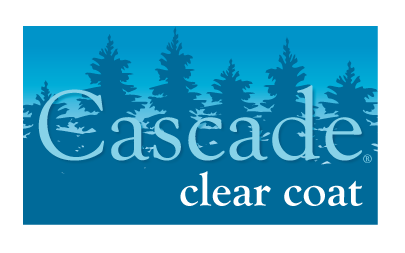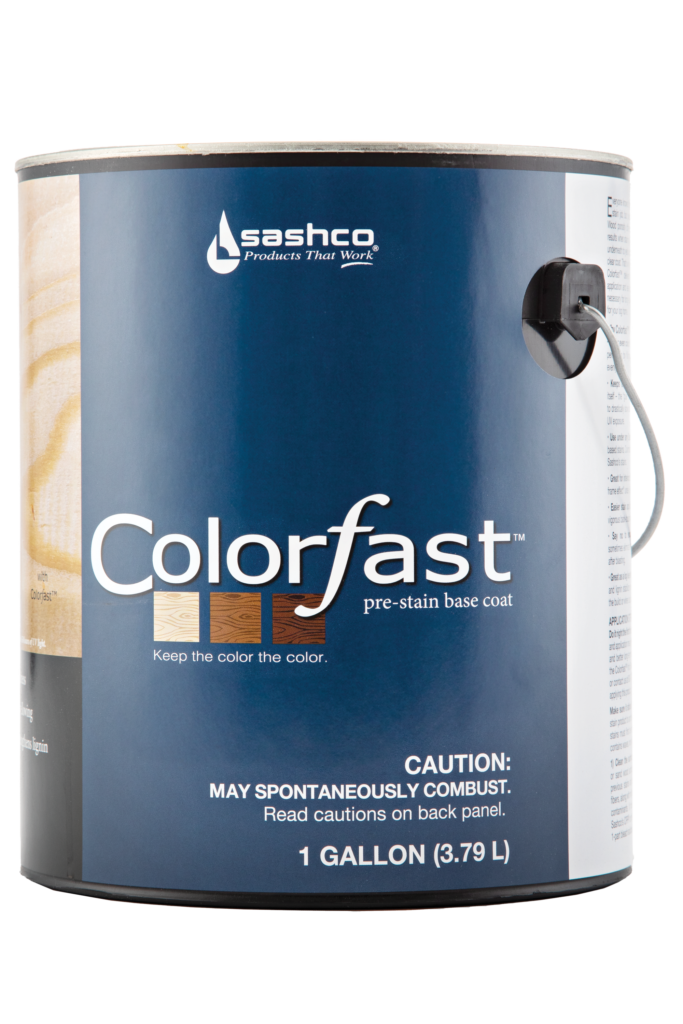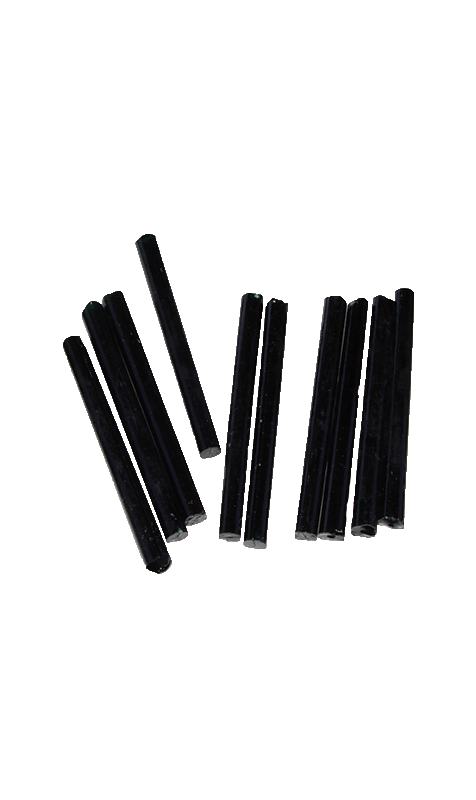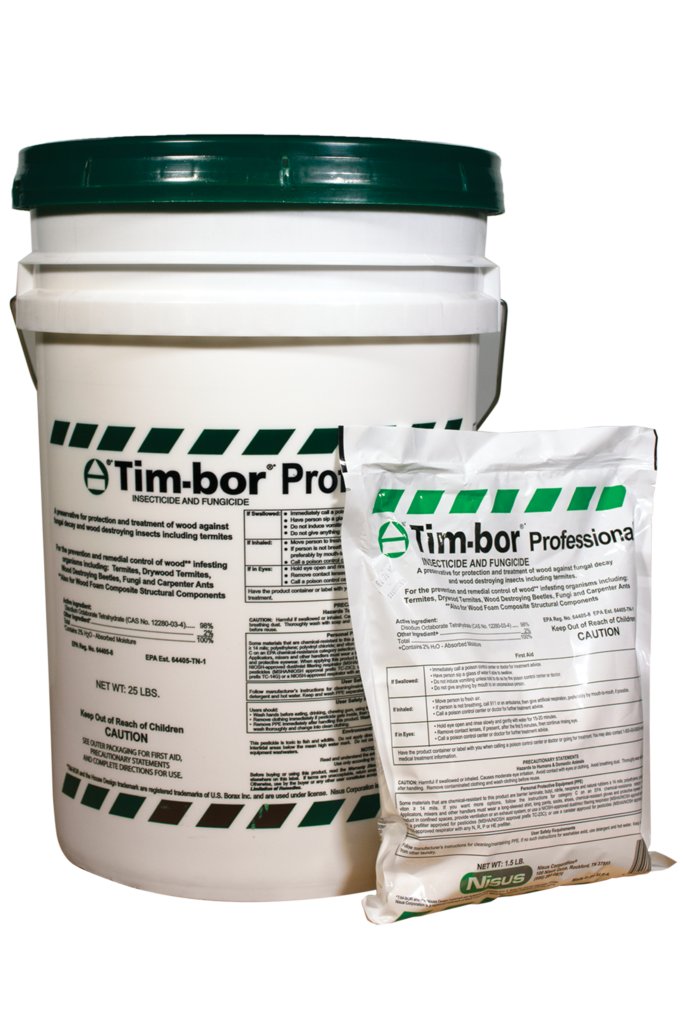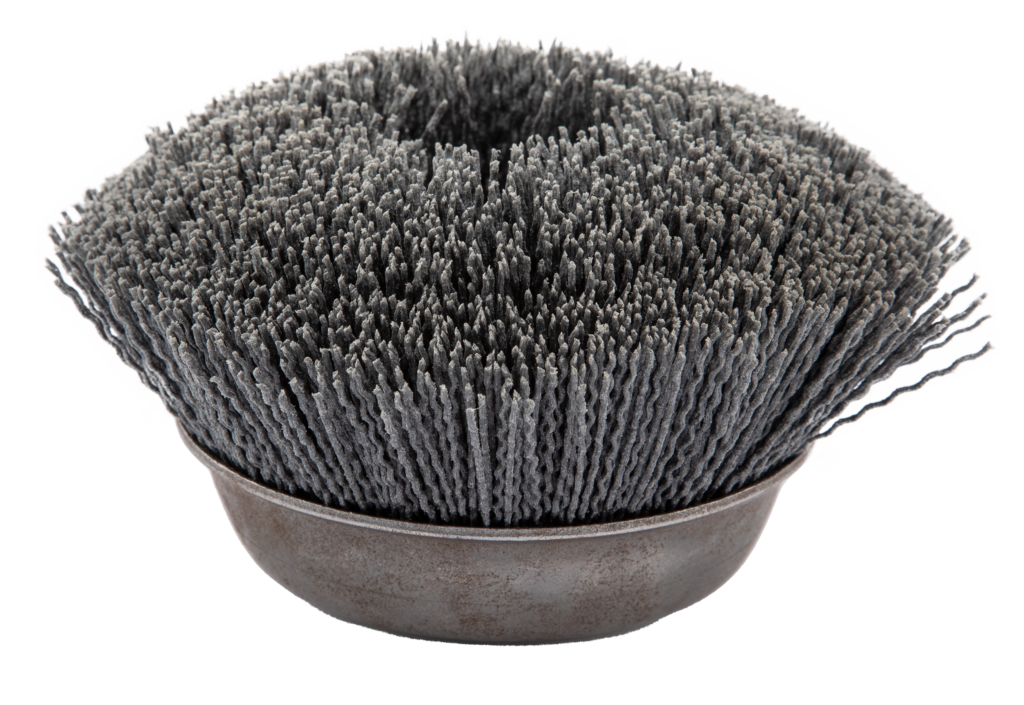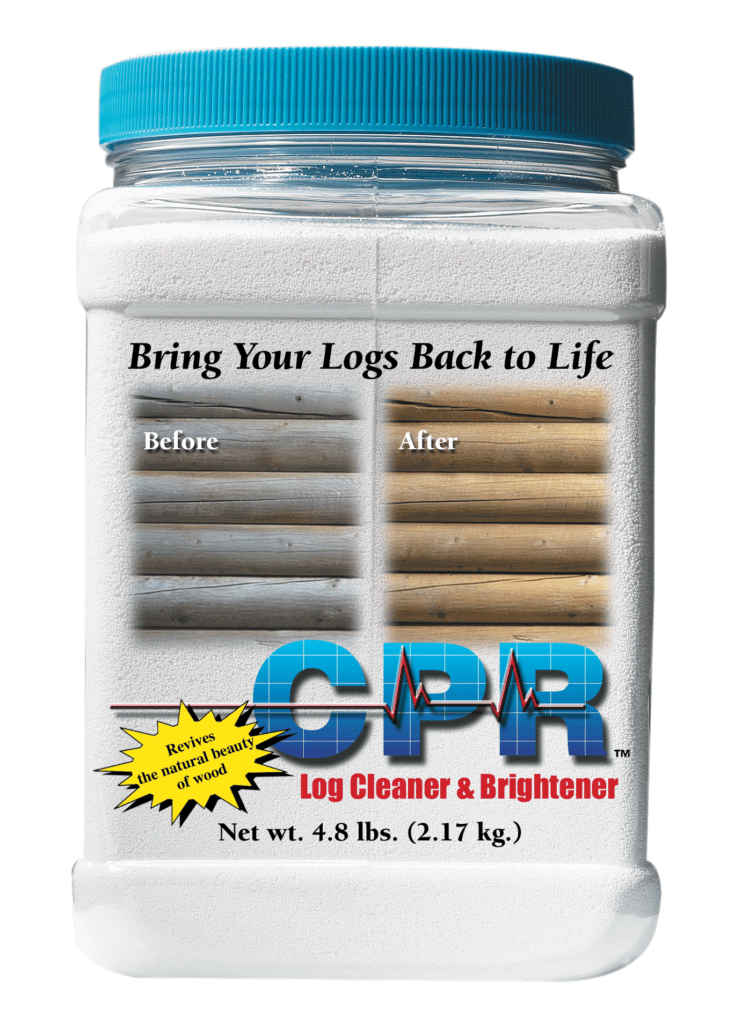Which Sashco Caulk is Best with Window Flashing Tape?
Keep the weather outside, where it belongs!
That’s the job of both Sashco’s caulks and sealants and flashing tape (also called self-adhered flashing). Both are designed to work in concert with various building materials to create an air- and water-tight barrier that keeps moisture out and peace of mind intact.
Where and how is flashing tape used?
Flashing tape is installed to both the rough opening of a window or door, as well as after a window or door has been hung in place and secured with fasteners. This is done before any siding or trim has been installed. It is installed around the perimeter of the window or door and serves to seal up up nail holes and other seemingly small perforations that, if not sealed, can lead to big headaches like rot, mold, and insurance claims. (Want to know how to install a window from beginning to end? Here’s a great tutorial from some people who know at Fine Home Building magazine.)
Which Sashco caulk is best with flashing tape?
The short answer? Any of them! As long as the flashing tape is free of non-stick coatings that will interfere with adhesion of the caulk (coatings like polyethylene, waxes, Teflon®, or a rogue bead of silicone), you can take your pick. Of course, time of year may dictate which product you want to use:
Temps above 40°F: Choose from Sashco’s Big Stretch®, Conceal®, Lexel®, Mor-Flexx®, and eXact color®
Temps below 40°F: Stick with Lexel®, which can be applied in temps down to 0ºF.
What if my flashing tape contains one of those coatings you mention above?
You’ll still want to caulk those windows and doors! Just make sure, as always, that the caulk is applied properly and is sticking to the other building materials, whether they are wood, vinyl, brick, stucco, or others. Filler Rope™ (also called backer rod) may be necessary, in some cases, in order to cover up the flashing tape and ensure you’re getting adhesion to those other materials. There isn’t a caulk in the world that will stick to those non-stick coatings, so be prepared to take extra care to ensure joints are properly caulked and sealed.
See also:
Sashco Caulks for Windows and Doors


